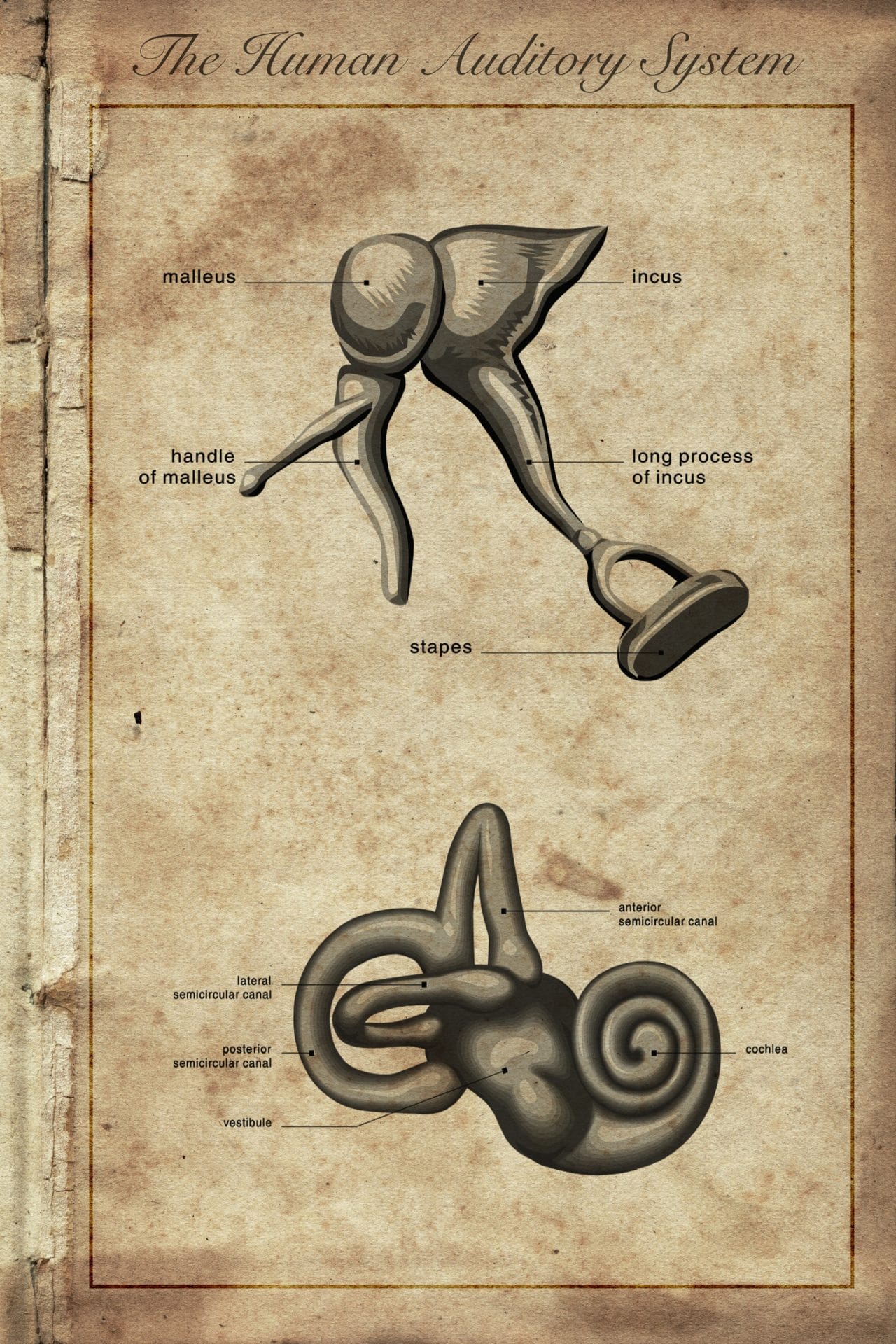
What Are the Most Common Causes of Hearing Loss?
A number of factors can cause hearing loss. The most common include aging, noise exposure, ear infections, excessive earwax, ear or head trauma, genetics, birth defects, benign growths or tumors, otosclerosis, Meniere’s disease and reactions to drugs.
Noise-Induced Hearing Loss
Noise-induced hearing loss is the most common type experienced by younger individuals. It can be caused by exposure to a single loud sound, such as a gunshot or explosion, or by continuous exposure to loud noise over a period of time.
It is estimated that 15 percent of Americans between the ages of 20 and 69 are experiencing hearing loss that is the result of exposure to excessive noise either at work or through recreational activities. High-risk pursuits include hunting, riding motorcycles, listening to music at high volume and even mowing the lawn.
Age-Related Hearing Loss
The most common type of hearing loss is presbycusis, or age-related hearing loss. Diminished hearing is a common side effect of aging, usually coming on gradually and affecting high-pitched sounds most frequently. It occurs as a result of natural changes in the inner ear of an individual over time with additional variations from other chronic health conditions, exposure to medications, etcAn estimated one third of adults aged 65 or older experience age-related hearing loss; that number jumps to nearly 50 percent by the age of 75. Presbycusis usually affects both ears equally. It may be mild, moderate, severe, or profound affecting communication, social engagement, increasing feelings of depression, and increased risk of cognitive decline.

What Are the 3 Types of Hearing Loss?
- Conductive Hearing Loss. Conductive hearing loss occurs when there are problems with the ear canal, eardrum or middle ear. There are a variety of causes including structural deformities, fluid in the middle ear, ear infection, allergies, impacted earwax, perforated eardrum, foreign objects in the ear, otosclerosis and benign tumors. Conductive hearing loss may be correctable with surgery or medication.
- Sensorineural Hearing Loss. Sensorineural hearing loss involves problems with the inner ear and is sometimes referred to as “nerve deafness.” Causes include aging, noise exposure, trauma, viruses, autoimmune disorders, otosclerosis, Meniere’s disease, malformations of the inner ear and tumors. Treatment for sensorineural hearing loss usually requires hearing aids.
- Mixed Hearing Loss. This is a combination of conductive and sensorineural hearing loss and affects both the inner ear and middle or outer ear. Treatment options depend on the exact cause and may include a combination of medications, surgery and hearing aids.
What Is Single-Sided Deafness?
Single sided deafness (SSD), sometimes referred to as unilateral hearing loss, is a condition in which an individual experiences hearing loss in only one ear but can hear normally out of the other ear. While the majority of patients with a hearing impairment suffer from bilateral (two-sided) hearing loss, SSD is diagnosed in approximately 60,000 people in the United States each year.
There is no cure, and treatment can be a challenge because traditional amplification devices prove less effective. However, alternative options are available for managing single sided deafness.

What Are the Symptoms of Hearing Loss?
Hearing loss isn’t always easy to detect. Symptoms often develop gradually and your brain learns to adapt, so you might not even notice there is anything wrong until your condition has advanced. Learning to recognize the signs early will improve your odds of successful treatment. Here are 10 signs you might have hearing loss.
- People seem to mumble when they speak.
- You often ask people to repeat themselves.
- You experience tinnitus (ringing in your ears).
- Others complain that you are watching TV or listening to music too loudly.
- You are unable to hear everyday household sounds (e.g., ringing doorbell).
- You have trouble following conversations in a large group setting, especially when background noise is present.
- You have difficulty hearing when you are not facing the speaker.
- You have trouble understanding every word in a conversation.
- Telephone conversations are difficult for you to follow.
- Others accuse you of speaking too loudly.
How Is Hearing Loss Treated?
The most common treatment for hearing loss is hearing aids. Our audiologist will work closely with you to take into account several factors – the type and severity of your hearing loss, your needs and expectations, your preferences, your thorough test results, your lifestyle, the size and shape of your outer ears and inner ear canals,your manual dexterity– in order to determine the best hearing device for you.
What Does a Hearing Test Measure?
An audiologist uses a hearing test to measure your type, degree and configuration of hearing loss. An audiology evaluation consists of a series of one or more of these tests. Your audiologist will use your test results in addition to a Functional Hearing Assessment to create a treatment plan for your unique needs, goals, and abilities.
Why Should You Have a Regular Hearing Test?
Hearing loss is a progressive condition that often develops slowly. Many people are not aware of a change in their hearing because they adjust to the loss over a long period of time (not that this is a good thing). Studies indicate that it takes seven years, on average, for a hearing impaired individual to seek treatment and significant changes have already taken place in the brain. Seven years is too long and we’re on a mission to educate people to change this. Early intervention leads to improved outcomes, success, and satisfaction.
